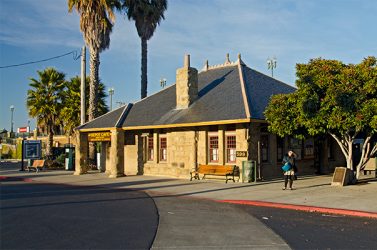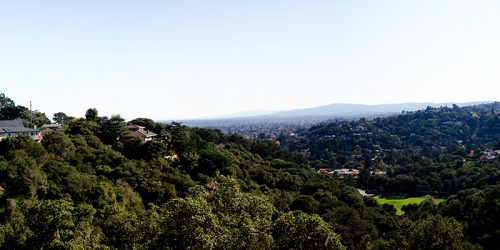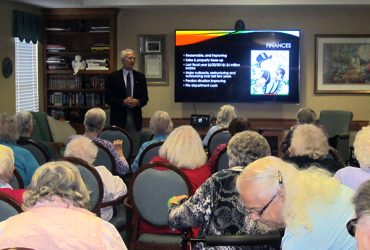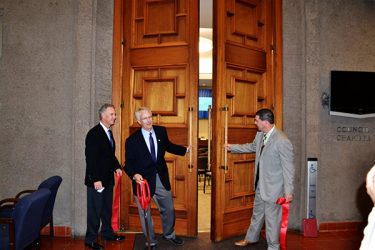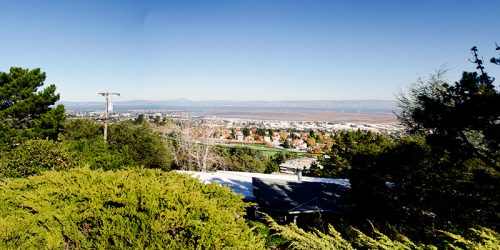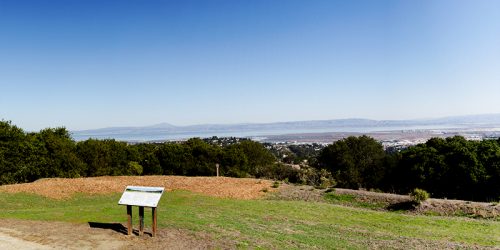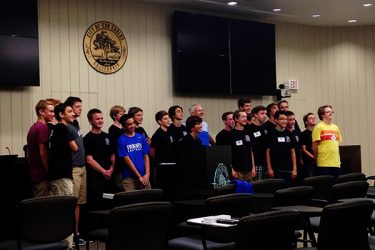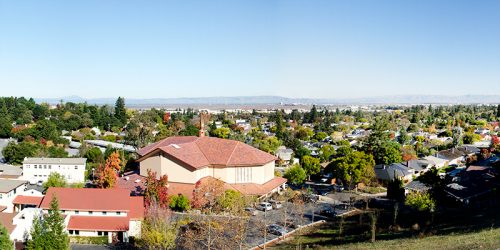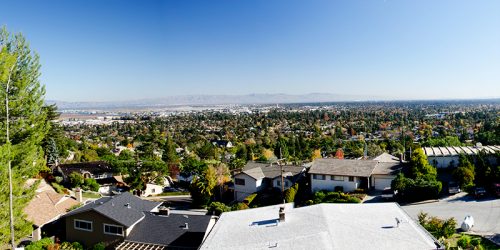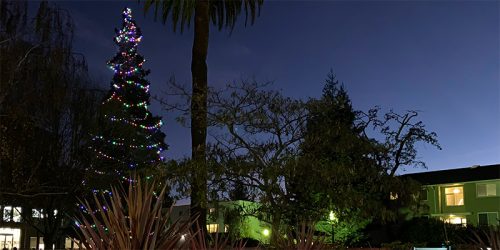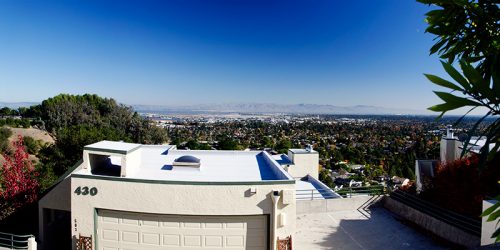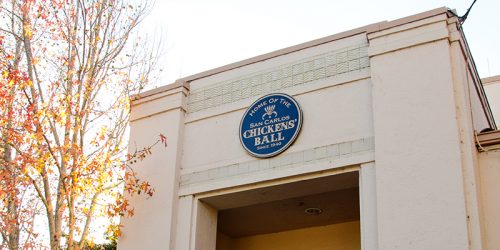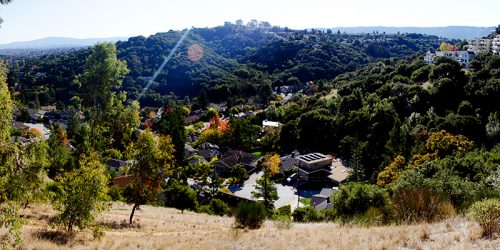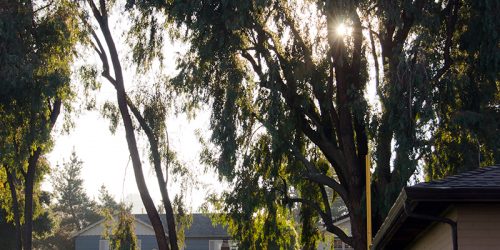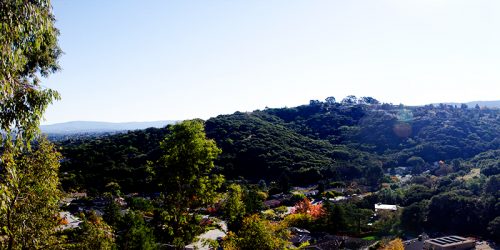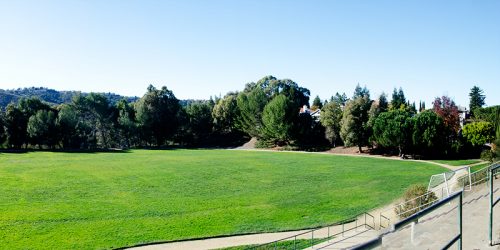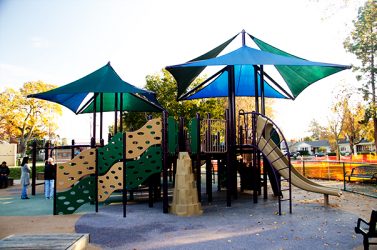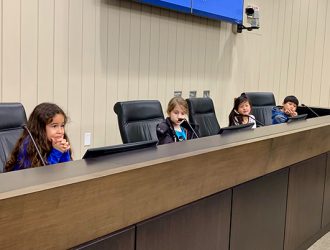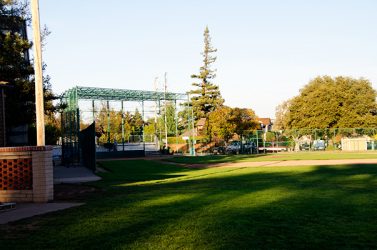Last week PG&E discovered a couple of anomalous bulges in Line 147. They were uncovered in the course of preparing to remove a bend in the pipeline which would prevent a telemetry robot – a “pig” – from traversing it and studying the line from the inside. As of today, PG&E doesn’t know what caused the bulges. They’re not something with which they’re familiar.
The bulges aren’t necessarily all that impressive at first glance (click to enlarge):

But remember, the pipe is made from quarter-inch thick steel. It would take a lot of force to deform it. To give you a sense of scale, the larger bulge was described as looking like someone pressed a basketball up against the line from the inside.
PG&E did the right thing by informing the City and the California Public Utility Commission (CPUC) right away, and I thank them for doing so. That’s a much better approach than they took with their engineer’s email several years ago warning that “San Carlos might be sitting on a San Bruno type situation”. PG&E planned to remove this section of the line over the weekend and send it off for analysis.
The City needs to have access to that analysis, and the raw data on which it’s based. Similarly, when the pig is run through the line the City needs to have access to that data as well, and be present when it is collected. Transparency is important when a potential major public safety issue is involved. In that regard, I hope PG&E will stop trying to keep the City out of its job sites – they balked at having City officials present to photograph the pipe section when it was removed – because doing so undermines the need for transparency (the CPUC sent one of its own engineers to photograph the work).
But the presence of the bulges raises a more important issue: it’s time for PG&E to shut the line down until it is adequately tested and verified to be safe. Running the pig through the line will require it to be operational – gas pressure pushes the pig – but as soon as the data is gathered the line should be closed.
I don’t call for this casually. I understand Line 147 is part of PG&E’s gas delivery system for the peninsula, and having it shut down could, under unusual emergency situations (e.g., a major earthquake), cause them to have to deliver gas to some locales by truck. But they’ve done that before, and summertime demand for gas is lower than it is during the winter anyway.
Why do I believe the line should be shut down while the telemetry is studied? Because every time PG&E digs down to Line 147 they discover something that wasn’t expected, or wasn’t in their records. Pipe segments older than they are on paper. Corrosion, despite the presence of cathodic protection that supposedly enables a 500 year lifespan. Kinks where records show straight paths. Unexplained bulges.
None of these discoveries were part of a systematic, statistical assessment of the line. But they are each surprises, and surprises are not a good thing when operating a high pressure gas pipeline near homes and businesses.
I do not wish to alarm anyone. As I’ve said many times before, I sincerely hope, and expect, that when the data is in we’ll be able to say “great, there never was a problem!” But while the risk remains low, those surprises give me cause for concern. Shutting the line down, temporarily, strikes me as a reasonable and prudent thing to do.
